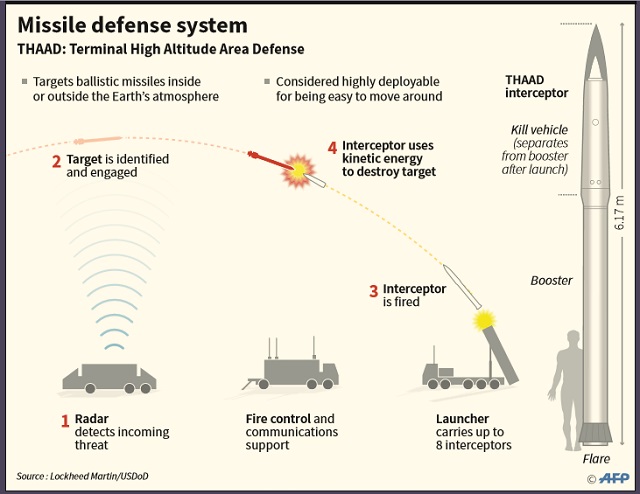
Surgical air strikes
“Surgical air strikes” – similar to those conducted in April in Syria – are likely to be the US’s preferred military option. Such a proposal is not new.
In July 2006, former defence officials Ashton Carter and William Perry suggested that the U.S. could prevent further missile tests and send a strong message to the North Korean leadership by surgically attacking the country’s missile launch platforms. Such proposals have never been followed through: the assumption North Korea would not retaliate is a high-risk bet.
Targeting missile facilities is one thing. Bombing North Korea’s nuclear infrastructure is a different proposition. For surgical air strikes to be successful, the U.S. needs to be sure the most critical sites have been destroyed.
During the early phase of its development, North Korea’s nuclear program was centred on the reactors and reprocessing facilities at Yongbyon. Since then, several clandestine processes within North Korea’s nuclear fuel cycle have been uncovered, or been intentionally declared by the Kim regime.
The nuclear program’s crown jewels – the bombs themselves, and the stockpiles of fissile material – are likely to be buried deep in secret, reinforced underground facilities, protected from aerial attack. If there were good options for surgical air strikes, these would have been more viable during the nuclear program’s earlier phase.
Should air strikes successfully target nuclear facilities, there is a risk of toxic radioactive fallout contaminating surrounding regions both inside North Korea and in neighbouring countries. The fallout risk has long been recognised as one of the reasons discounting air strikes against North Korea as a viable military option.
It is possible that surgical air strikes may instead target sites associated with the North Korean leadership, in an attempt to mortally wound the Kim regime and facilitate denuclearisation through regime change.
There is precedent for this: the initial attack on Iraq in 2003. US-led coalition forces targeted presidential palaces, government buildings and other “targets of opportunity” in an attempt to eliminate Saddam Hussein and expedite the conclusion of the invasion.
Let’s assume for the sake of argument that an air strike successfully killed Kim Jong-un. Does the Trump administration have a contingency plan for securing a post-Kim North Korea?
There is a clear risk of mission creep should the U.S. be drawn into an extended pacification and nation-building campaign. Its experience in Iraq should offer a cautionary tale about the risks of regime change by force in the absence of a plan to win the peace.
Let’s say, however, that Kim survives a targeted attack. The North Korean leadership’s strategic culture and the political capital invested in decades of anti-US domestic propaganda has created a path dependency that virtually locks in an escalation to full-scale war, should North Korea be attacked.
 The Independent Uganda: You get the Truth we Pay the Price
The Independent Uganda: You get the Truth we Pay the Price




While you point out the risks of confronting North Korea you fail to address the risks of allowing North Korea to continue developing its capabilities. Yes, a US military attack on North Korea could destabilize the region and put many innocent South Koreans in harms way. But the scale of risk is going up. Soon North Korea will be able to effect a much wider population with its threats.
you know this problem with the DPRK is nothing new! When Bill Clinton was in office the head of the snake should have been severed. but it was not. The only thing the Clinton administration did is give them 5 billion dollars! and a nuclear reactor! what kind of fools run this country! boy I miss Roosevelt!
I tell you, If you let north korea keep the nukes they will grow so strong. For sure they will attempt to dominate the world as we know it!!!!!!